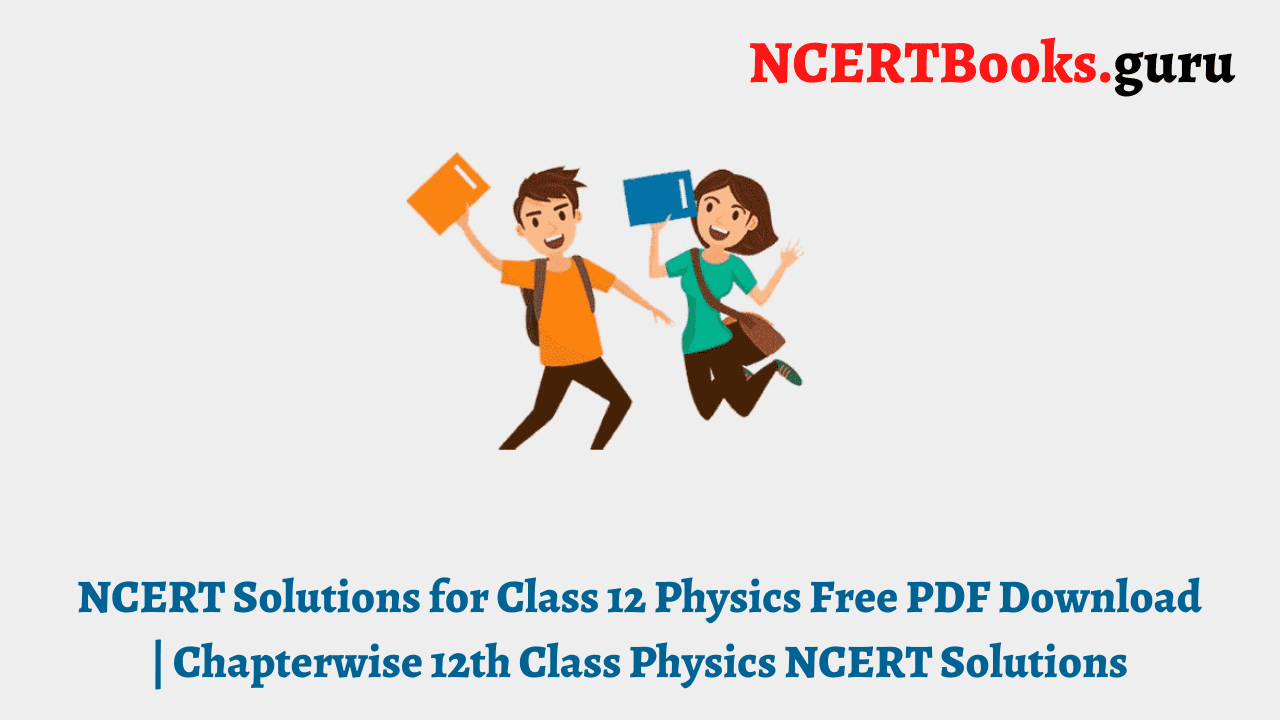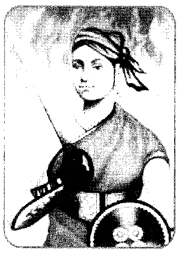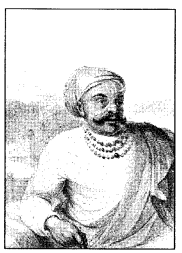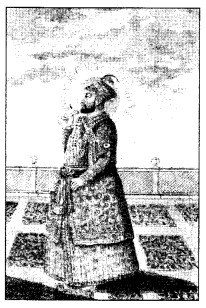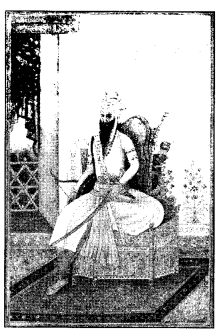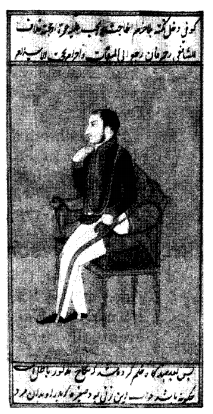NCERT Solutions for Class 12th Physics can be extremely helpful for students who find it difficult to solve the questions from textbooks. Students can grasp the concepts faster with the comprehensive solutions listed. 12th Class Physics NCERT Books Solutions will make your exam preparation much easier. Attempt the questions in the Class 12 Physics NCERT Solutions on a regular basis and attempt the exam with utmost confidence.
Know the importance of concepts based on the weightage allotted by the CBSE Board. Make use of the right preparation material over here and stand out from the rest of the crowd. Students can answer the 12th Std Physics Textbook Questions by accessing the NCERT Solutions of Class 12 Physics.
Download Complete NCERT Solutions PDF from class 6th to 12th.
Chapterwise Class 12 Physics NCERT Solutions Free PDF Download
Class 12 Physics NCERT Solutions helps you be prepared for the board and competitive exams. Our Subject experts have created these NCERT Solutions Class 12 Physics in an elaborate and detailed manner so that you can grasp the concepts much easier. Students can access the Chapterwise NCERT Solutions of Class 12th Physics in PDF Formats along with other resources like MCQ Questions for Class 12 Physics with Answers in online and offline modes.
- Chapter 1 Electric Charges and Fields
- Chapter 2 Electrostatic Potential and Capacitance
- Chapter 3 Current Electricity
- Chapter 4 Moving Charges and Magnetism
- Chapter 5 Magnetism and Matter
- Chapter 6 Electromagnetic Induction
- Chapter 7 Alternating Current
- Chapter 8 Electromagnetic Waves
- Chapter 9 Ray Optics and Optical Instruments
- Chapter 10 Wave Optics
- Chapter 11 Dual Nature of Radiation and Matter
- Chapter 12 Atoms
- Chapter 13 Nuclei
- Chapter 14 Semiconductor Electronics Materials Devices and Simple Circuits
- Chapter 15 Communication Systems
- NCERT Solutions Class 12 Physics Chapterwise Details
- Is there any website that offers the NCERT Solutions for Class 12 Physics Chapterwise?
- How can I download the 12th Class Physics NCERT Solutions PDF?
- How many chapters are there in Class 12 Physics NCERT Solutions?
NCERT Solutions Class 12 Physics Chapterwise Details
Learning and understanding every concept is necessary when it comes to exam preparation. Grasp the concepts irrespective of your intelligence level and prepare at your own pace. Class 12th Physics NCERT Solutions includes accurate information in a simple and easy-to-understand language as per the CBSE Class 12 Physics Syllabus. Know the Chapterwise Topics present in the Class 12 NCERT Solutions by referring below.
Class 12 Physics Chapter 1 Electric Charges and Field
This being the first chapter of NCERT Physics Textbook, talks about various types of electric charges. It also talks about Gauss’s law, transference in electrons, additivity of charges, conservation of charges, charge quantization, etc. A total of 15 topics are covered in this Physics chapter for the understanding of students.
Class 12 Physics Chapter 2 Electrostatic Potential and Capacitance
In the Physics NCERT Class 12 textbook, electrostatic potential and its various factors are mentioned. Along with this, the difference between the two electric fields is explained. Furthermore, the amount of potential energy in an external field, the relationship between potential gradient and electric field, and similar topics related to electrostatic potential is explained. It has several exercises and Physics Formulas for a better understanding of these topics.
Class 12 Physics Chapter 3 Current Electricity
This is considered one of the most important chapters. A total of 16 topics are covered in this chapter where topics like current density, electric current, how the electric charge differs from liquid conductors to solid metallic conductors are discussed. Ohm’s law, the relationship between relaxation time and resistivity, drift velocity, are mentioned here.
Class 12 Physics Chapter 4 Moving Charge and Magnetism
This Class 12 Physics NCERT chapter 4 explains all about what a magnetic force is and it’s motion in a magnetic field. Chapter 4 deals with ampere’s circuital law, motion in combined magnetic and electric fields, and Biot-savarat’s law and introduces you to toroid and the solenoid, etc.
Class 12 Physics Chapter 5 Magnetism and Matter
Chapter 5 on Magnetism and Matter delves deeper into the topic of magnetism and matter. The topics discussed are Gauss’s law and magnetism, earth’s Magnetism, a bar magnet, Magnetic properties of various materials, and magnetic field lines properties.
Class 12 Physics Chapter 6 Electromagnetic Induction
This chapter deals with the concept of Electromagnetic induction. It deals with concepts like electromotive force motions, eddy currents, magnetic flux, quantitative study on consideration of energy, and inductance. It introduces you to the first and second laws of electromagnetic induction by Faraday. Furthermore, Lenz Law and Fleming’s right-hand rule is discussed in detail.
Class 12 Physics Chapter 7 Alternating Current
Chapter 7 of NCERT Physics Textbook deals with topics like AC voltage applied in a resistor, AC voltage in a series LCR circuit, a capacitor, alternating current, etc. Furthermore, it also discusses power in the AC circuit, LC oscillations, and transformers.
Class 12 Physics Chapter 8 Electromagnetic Waves
This chapter covers details like displacement current, electromagnetic waves, and the electromagnetic spectrum. It also explains the need for Maxwell’s equations in electromagnetic waves, speed, and nature of electromagnetic waves, displacement current, various uses of electromagnetic waves in radio waves, x-rays, microwaves, etc. Along with these concepts such as frequency range, wavelength range, and detection channels are discussed.
Class 12 Physics Chapter 9 Ray Optics and Optical Instruments
This chapter builds a strong foundation in ray optics and various instruments related to it. It explains the topics like total internal reflection, refraction, and refraction at surfaces by lenses, spherical mirrors.
Class 12 Physics Chapter 10 Wave Optics
This chapter deals in-depth with wave optics. A total of 7 topics are present in this Class 12th Physics chapter and they are Huygens principles, polarisation, reflection, and refraction in plane waves, diffraction, incoherent and coherent addition of waves, refraction, interference of light waves, and Young’s experiment. There are other important topics like thin film used in cars, 3D glasses, etc.
Class 12 Physics Chapter 11 Dual Nature of Radiation and Matter
This chapter covers a total of 9 topics and they include what are the properties that radiation has and does these properties resemble a wave or a particle or both? In addition to these concepts like photoelectric effect, the wave theory of light, electron emission, Einstein’s photoelectric equation, and wave nature of matter.
Class 12 Physics Chapter 12 Atoms
In the chapter on Class 12 Atoms talks, you will know that all organic as well inorganic objects are made up of Atoms. Other topics like Rutherford’s model of the atom, Bohr’s model of the hydrogen atom, atomic spectra, and the line spectra in the hydrogen atom are discussed.
Class 12 Physics Chapter 13 Nuclei
The initial topic in this chapter talks about the introduction of nuclei, composition of the nucleus, nuclear force, radioactivity, size of the nucleus, and nuclear energy. Furthermore, it deals with concepts like the interaction and effect between nuclear energy and nuclei and how this can solve the energy crisis.
Class 12 Physics Chapter 14 Semiconductor Electronics Materials Devices and Simple Circuits
This chapter talks about all the types of insulators and semiconductors. Topics included in this chapter are the classification of metals, conductors, and semiconductors. This chapter goes on to discuss the difference between the intrinsic semiconductor and extrinsic semiconductor, application of junction diode, semiconductor diode, etc.
Class 12 Physics Chapter 15 Communication Systems
Chapter 15 of NCERT Books covers the three basic elements for communication such as channel, the transmitter, and the receiver in detail. It even explains the bandwidth of various transmission mediums, the bandwidth of signals, the necessity of modulation, amplitude modulation, propagating electromagnetic waves, etc.
You can also Download Free NCERT Books for class 1st to 12th
FAQs on CBSE Class 12 NCERT Solutions for Physics
1. Is there any website that offers the NCERT Solutions for Class 12 Physics Chapterwise?
NCERTBooks.guru is a trusted portal that offers the NCERT Solutions for Class 12 Physics Chapterwise.
2. How can I download the 12th Class Physics NCERT Solutions PDF?
You can download the 12th Class Physics NCERT Solutions by simply downloading the quick links available.
3. How many chapters are there in Class 12 Physics NCERT Solutions?
There are 15 Chapters in total in the Class 12 Physics NCERT Solutions.
